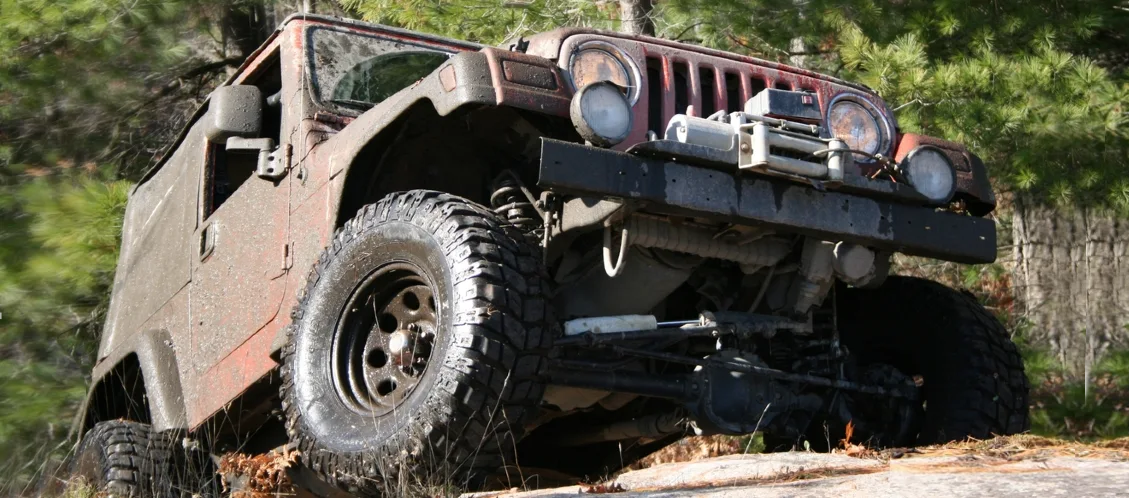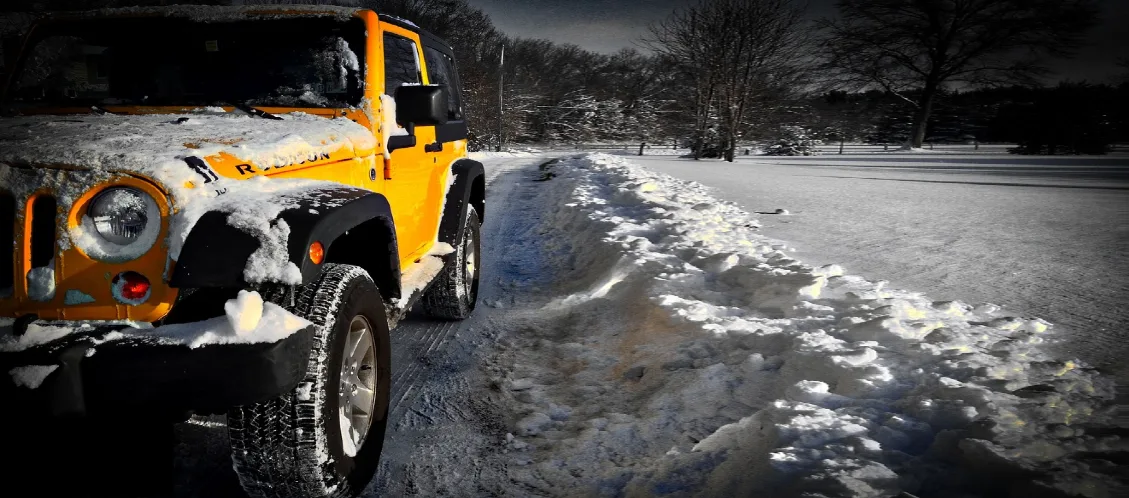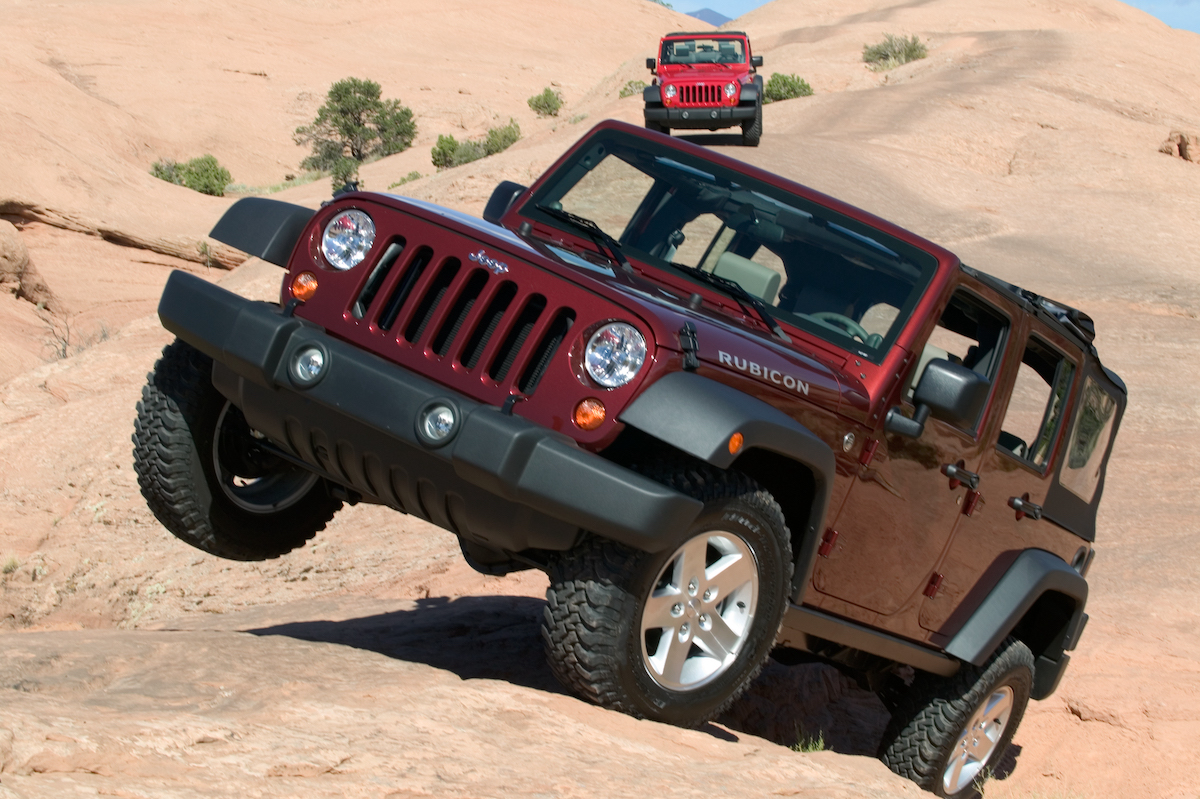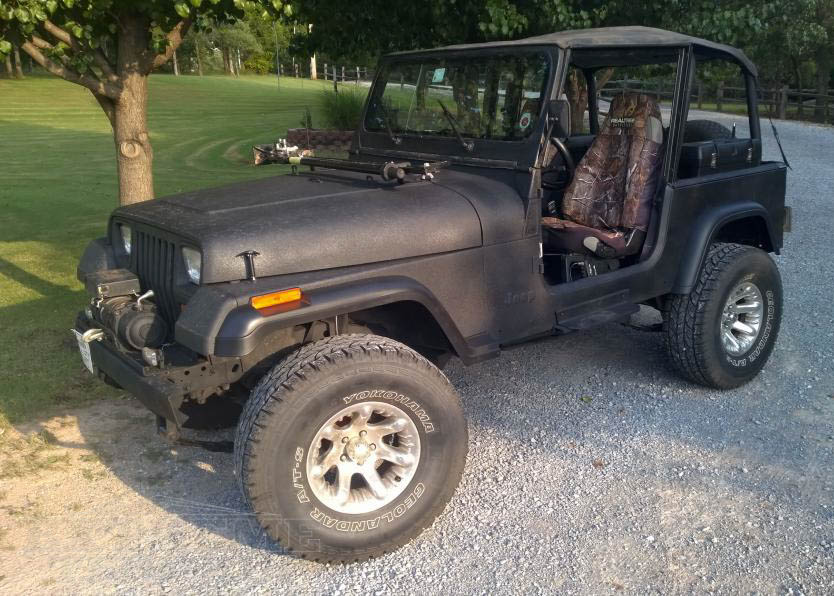Navigating The Jeep YJ Landscape: Years To Consider And Avoid
Navigating the Jeep YJ Landscape: Years to Consider and Avoid
Navigating the Jeep YJ Landscape: Years to Consider and Avoid
Introduction
In this auspicious occasion, we are delighted to delve into the intriguing topic related to Navigating the Jeep YJ Landscape: Years to Consider and Avoid. Let’s weave interesting information and offer fresh perspectives to the readers.
Table of Content
Navigating the Jeep YJ Landscape: Years to Consider and Avoid

The Jeep YJ, produced from 1987 to 1995, holds a special place in the hearts of off-road enthusiasts. Its rugged design, capable four-wheel drive system, and iconic styling have cemented its legacy. However, like any vehicle, the YJ comes with its own set of quirks and potential pitfalls. Understanding the nuances of different production years can be crucial when choosing a YJ for your adventures.
The YJ Evolution: A Look at Production Years
The Jeep YJ underwent several changes throughout its production run, with some years being more desirable than others. Here’s a breakdown of the key changes and considerations for each year:
1987-1989: The Early Years
- Notable Features: These early YJs featured the original 4.2L six-cylinder engine, a manual transmission, and a solid front axle.
- Potential Issues: Early models may exhibit issues with rust, especially in areas prone to harsh weather conditions. The 4.2L engine, while reliable, can be prone to overheating if not properly maintained.
- Considerations: While these early models are generally reliable, their age can necessitate significant maintenance and restoration.
1990-1991: The Transition Years
- Notable Features: These years saw the introduction of the 4.0L six-cylinder engine, a more powerful and efficient option. The transmission options remained the same.
- Potential Issues: While the 4.0L engine is known for its durability, early models may still experience some of the issues associated with the older 4.2L engine.
- Considerations: These models represent a good balance between the early YJs and the later models. They offer the benefits of the 4.0L engine while retaining the classic YJ design.
1992-1995: The Later Years
- Notable Features: These later models benefited from several upgrades, including a redesigned dashboard, a more comfortable interior, and improved safety features.
- Potential Issues: While generally reliable, these models can experience issues with the fuel injection system and the electronic components.
- Considerations: Later YJs offer a more refined driving experience and improved safety features. However, they may require more specialized knowledge for repairs due to their more complex electronics.
Years to Avoid: Understanding Potential Pitfalls
While the YJ is a capable vehicle, certain years are known for specific issues that can lead to costly repairs and headaches.
1987: This year saw the introduction of the YJ, and early models often had teething problems with the new platform.
1991: This year saw a significant change in the production process, which can result in quality control issues.
1995: This year marked the end of the YJ production. While these models are generally reliable, they are more susceptible to wear and tear due to their age.
Beyond the Years: Factors to Consider
Beyond the specific production year, several other factors can influence the overall condition and reliability of a Jeep YJ:
- Maintenance History: A well-maintained YJ will be more reliable and less prone to issues. Look for a vehicle with a comprehensive maintenance record.
- Rust: Rust is a common problem with older Jeeps, particularly in areas prone to harsh weather conditions. Inspect the body, frame, and undercarriage thoroughly for signs of rust.
- Engine Condition: The engine is the heart of any vehicle. Listen for any unusual noises, smoke, or leaks. A thorough inspection by a qualified mechanic is recommended.
- Transmission and Drivetrain: Test drive the Jeep to ensure the transmission shifts smoothly and the drivetrain operates correctly.
Frequently Asked Questions (FAQs)
Q: What are the most common problems with Jeep YJs?
A: Common issues include rust, engine problems, electrical issues, and transmission problems.
Q: Are Jeep YJs reliable?
A: With proper maintenance, Jeep YJs can be reliable vehicles. However, their age can lead to increased maintenance costs.
Q: What are the best years for Jeep YJs?
A: Generally, the 1990-1993 models are considered the most reliable and desirable.
Q: How can I find a good Jeep YJ?
A: Thorough research, a comprehensive inspection, and a test drive are essential. Consider consulting with a Jeep specialist or a trusted mechanic.
Tips for Choosing a Jeep YJ
- Research thoroughly: Understand the strengths and weaknesses of different production years.
- Get a pre-purchase inspection: Have a qualified mechanic inspect the vehicle before you buy it.
- Consider the intended use: If you plan on off-roading, consider a model with a solid front axle.
- Budget for repairs: Older vehicles require more maintenance, so budget accordingly.
- Enjoy the process: Finding the right Jeep YJ can be a rewarding experience.
Conclusion
Choosing a Jeep YJ can be a fulfilling experience, but understanding the nuances of different production years is crucial. While the YJ is a capable and iconic vehicle, certain years can be more prone to issues. By considering the factors outlined above, you can make an informed decision and find a YJ that meets your needs and expectations. Remember, the journey to finding your perfect Jeep YJ is part of the adventure.




--Car-And-Driver.jpg)


Closure
Thus, we hope this article has provided valuable insights into Navigating the Jeep YJ Landscape: Years to Consider and Avoid. We thank you for taking the time to read this article. See you in our next article!
